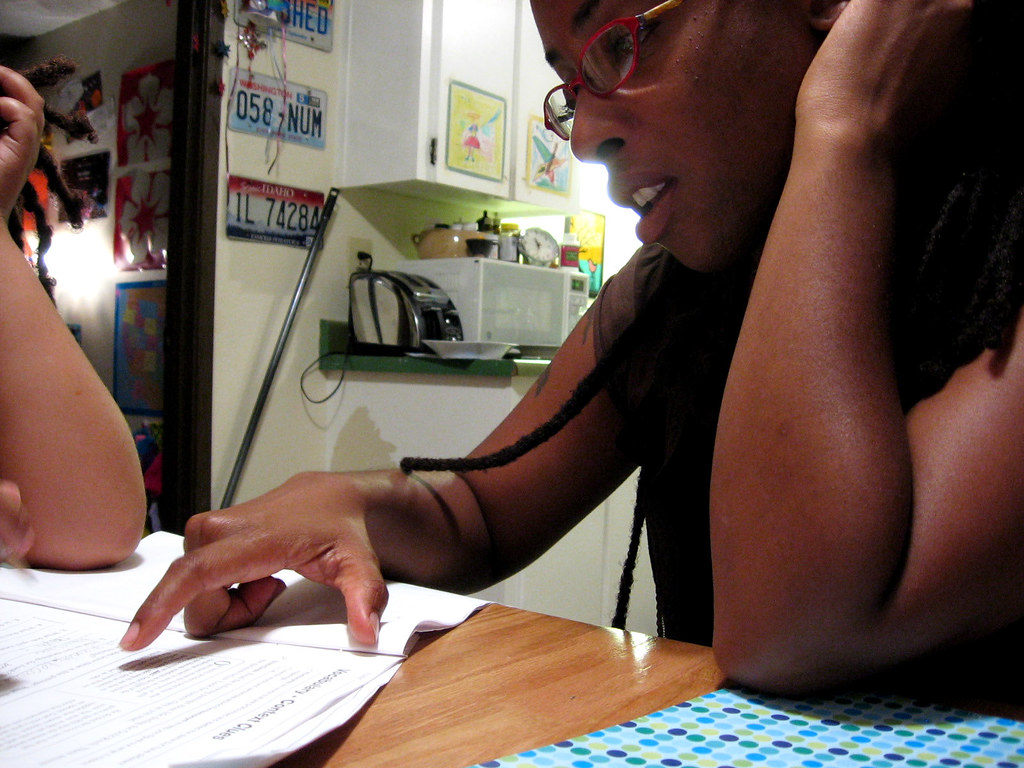
As the COVID-19 pandemic has spread, millions of learners and educational institutions globally have had to make rapid, unforeseen changes to how they run their learning programmes. Face-to-face teaching and learning have become impossible in many countries and there is uncertainty over when educational institutions will reopen their doors. This may have long-term effects on school programmes, examinations, and most importantly, learning.
The pandemic has forced many educators and learners to explore new modes of learning provision such as online learning. It also places much greater emphasis on students being able to engage with educational resources as a primary mode of learning. Fortunately, over the last decade, a growing number of open educational resources (OER) have been made available by people in the education space for others to use. These OER offer great promise in ensuring that a range of educational materials are accessible to learners and educators.
What are OER?
There are many definitions of OER, one of the most comprehensive being:
Open Educational Resources are teaching, learning, and research resources that reside in the public domain or have been released under an intellectual property licence that permits their free use and repurposing by others. OER include full courses, course materials, modules, textbooks, streaming videos, tests, software, and any other tools, materials, or techniques used to support access to knowledge. (Hewlett Foundation, OER Defined)
The Cape Town Open Education Declaration states that OER should be freely shared through open licences that facilitate use, revision, translation, improvement, and sharing by anyone. The materials need to be published in formats that allow for both use and editing, while accommodating manipulation and adoption on various technical platforms. It also requires that materials be made available in formats that are accessible to people with disabilities and people who do not yet have access to the Internet, where possible.
Creative Commons Licences
The most common mechanism to share educational resources openly and legally is by using Creative Commons (CC) licences. Creative Commons ‘provides free, easy‐to use copyright licences to make a simple and standardized way to give the public permission to share and use your creative work – on conditions of your choice’ (Creative Commons, nd).
CC licences provide a wonderful opportunity to translate materials into other languages and use them for varying purposes. This is illustrated in the World Bank’s recent rapid response note, Remote Learning and COVID-19:
A quick inventory of content that can be easily made available via remote learning is a first order of business. Freely available, ‘open education resources’ are plentiful in some languages; in languages where digital learning content is limited, translating existing open education resources from other languages may be worth considering, together with partners. (World Bank, 2020).
Over the years, countless educational materials have been available as OERs and released online. Because they are openly licensed, OERs can be rapidly aggregated and deployed in remote learning contexts to substitute for the loss of face-to-face teaching time caused by institutional shutdowns. With most proprietary educational materials locked behind paywalls and not free to copy or use, OERs can provide educators and students access to free, high quality resources, offered with no threat of litigation from overzealous copyright lawyers.
In our upcoming series of communiques, we will share tutorials designed to provide users the skills to find and adapt OER. We will identify excellent open reading resources for your children while at home, and even how to start to assemble OER into a learning design.
Our next installation will be on showcasing OER platforms. We will look at OER Africa’s activities and highlight some of the useful resources and sections on the website.
Image Credit: Bandita, CC-BY-SA 2.0
